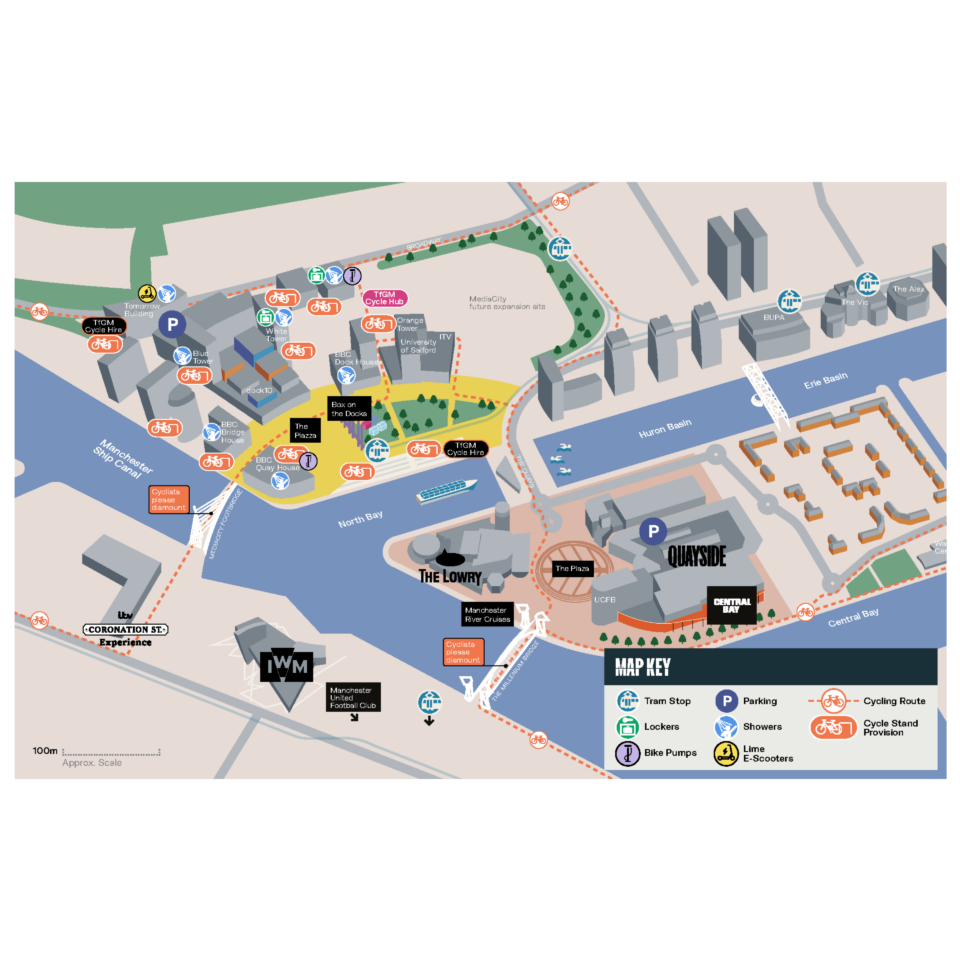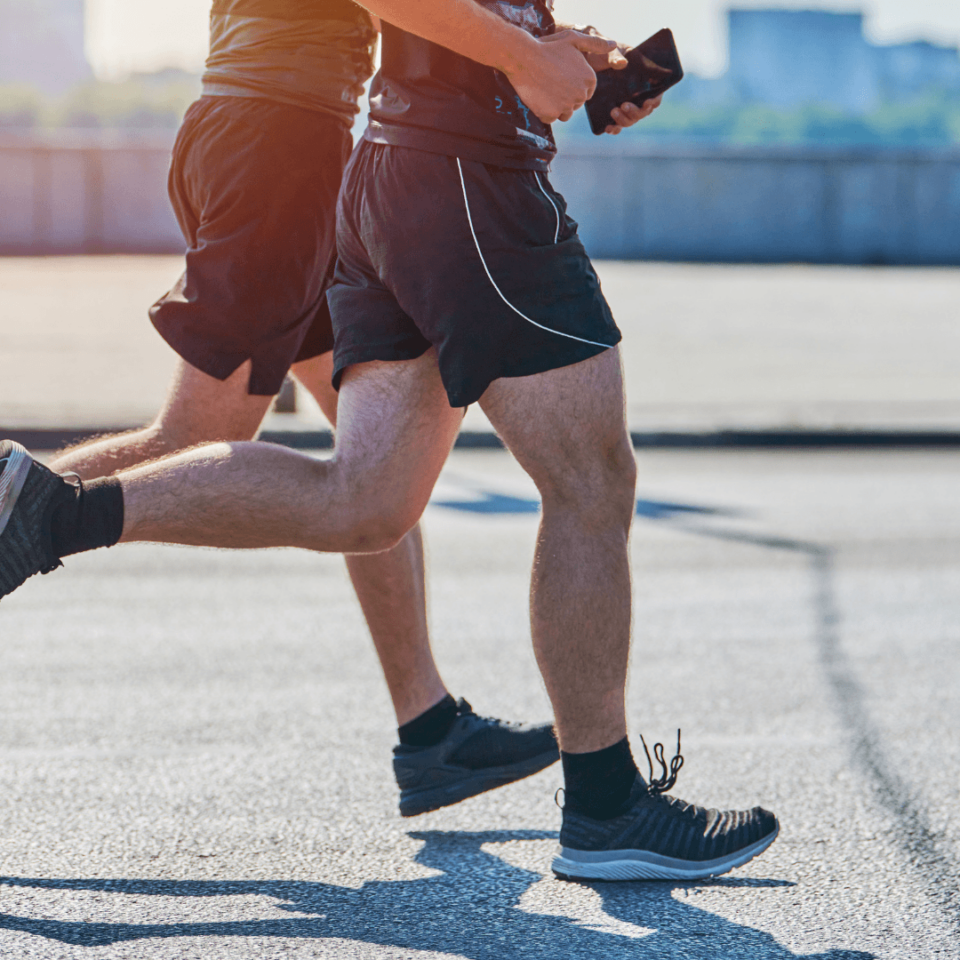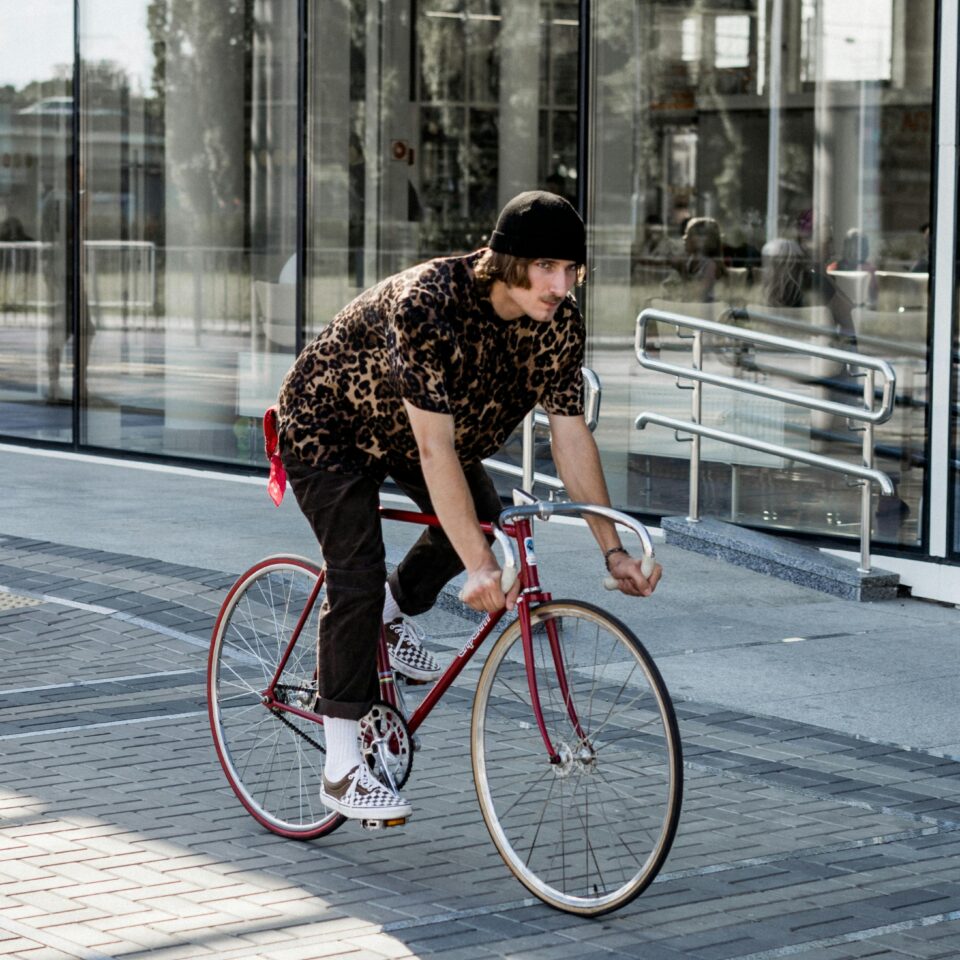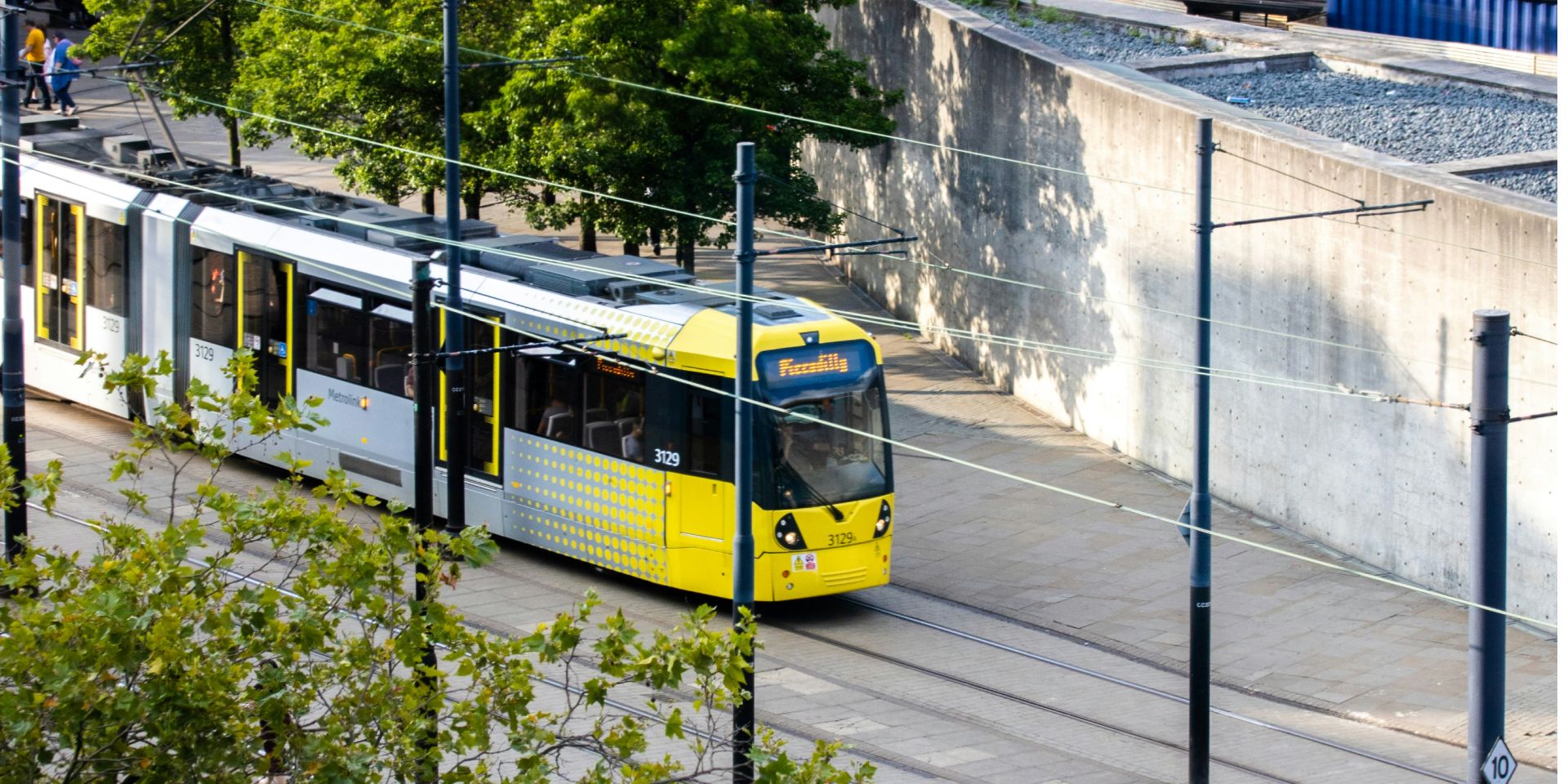So, you’ve explored the options available!
You’re ready to start making a move towards more sustainable or active travel choices. That could be incorporating a longer walk into your commute, or utilising the expansive reach of Manchester’s tram system, or even hopping on a Starling Bank Bike. Even the smallest changes can have an impact, and we’re here to help you take action.

Our options
Commuters can pedal their way to work using the Starling Bank Rental Bike programmes or secure bike storage facilities.
We also have a variety of active travel provisions available at MediaCity. The map to the left shows these facilities available across the estate. If you’re looking for somewhere to park your bicycle, download and take a look at the options to do so!
With our well-connected tram and bus network, public transportation is convenient and eco-friendly, providing a seamless travel experience, with MediaCityUK tram stop right on our waterfront. For those who prefer to walk, the scenic surroundings and well-designed public spaces make your walk to work a safe and enjoyable option.
Want to make more active or sustainable travel choices but not sure how to start? TfGM have this handy journey planner to help you get the most out of your commute.
The benefits of sustainable travel
Click on the topics to find out more.
Personal Benefits
- Improved Health: Regular active travel, such as walking or cycling, contributes to cardiovascular fitness, and overall well-being.
- Community interaction: Commuting on public transport offers you the space to meet up with colleagues, or even friends who work elsewhere in MediaCity, boosting your social interactions and providing you opportunity to network with colleagues you may not otherwise cross paths within the office.
- Increased Energy Levels: Active travel can boost energy levels and productivity throughout the day, contributing to a happier and more engaged workplace.
Environmental Benefits
- Reduced Carbon Footprint: Opting for public transport or active travel reduces individual carbon emissions, contributing to a more sustainable and eco-friendlier environment.
- Air Quality Improvement: Lesser reliance on personal vehicles decreases air pollution, promoting cleaner and healthier air in urban areas. It also leads to lower noise levels in urban areas, contributing to a quieter and more enjoyable living environment for everyone.
- Conservation of Resources: Active travel and public transport reduce the demand for fossil fuels, contributing to the conservation of natural resources.
Financial Benefits
- Cost Savings: Public transport options and active travel methods often cost less than maintaining a personal vehicle, considering expenses like fuel, parking, and maintenance.
- Reduced Vehicle Expenses: By relying less on your personal vehicles, you can save on fuel, parking fees, and potential repair costs, contributing to long-term financial savings.

Myth v’s Reality
Myth: Cities are More Dangerous for Pedestrians.
Reality: While urban areas may have higher pedestrian activity, Salford City Council has actively invested in facilities and infrastructure to make significant improvements to road safety for all users. With much of MediaCity existing as an entirely pedestrianised area, your safety is our top priority.
Keeping yourself safe
Here are some helpful safety tips to have in mind when you travel.
Keeping yourself safe on Public Transport
Be Aware of Your Surroundings:
- Stay alert to your surroundings, especially in crowded areas.
- Be cautious of pickpockets and keep valuables such as wallets, phones, and laptops secure in your bag.
- Avoid displaying expensive items openly.
Use Well-Lit Stations and Stops:
- Wait for public transport at well-lit and busy stations or stops.
- Avoid secluded areas, especially during off-peak hours.
Know Your Route:
- Familiarise yourself with the public transport schedule and route.
- Know the locations of stops and stations in advance.
Have Emergency Contacts Ready:
- Keep emergency contacts easily accessible on your phone.
- Be aware of the emergency procedures for the public transport system.
Be Mindful of Personal Space:
- Respect the personal space of fellow commuters.
- Report any suspicious behaviour to authorities such as the British Transport Police; their text service number is 61016
Keeping yourself safe when cycling
When cycling using your personal bike or a rented Starling Bank Bike:
Wear protective gear and stay visible:
- Always wear a helmet for head protection.
- Use reflective clothing and lights for visibility, especially in low-light conditions.
Follow traffic rules:
- Obey traffic signals, signs, and lane markings.
- Ride in the same direction as traffic and use designated bike lanes when available.
Plan your route:
- Choose safer routes with dedicated bike paths or lanes.
- Avoid busy and high-speed roads when possible.
Maintain your bike:
- Regularly check your bike’s brakes, tires, and lights.
- Keep it in good working condition to prevent accidents due to mechanical failures.
Be predictable:
- Ride predictably and signal your intentions to other road users.
- Avoid sudden manoeuvres that may surprise drivers.

Compare your commute
Check out these handy travel calculators and interactive platforms to compare the carbon footprint of different modes of transport and get a better understanding of the best sustainable travel options.
Go Climate – Travel Emissions Calculator
Sustainable Travel International – Travel Carbon Footprint
Department for Transport – Journey Emissions Interactive Dashboard
LNER – Calculate your Carbon Footprint
Woodland Trust – Carbon Calculator
